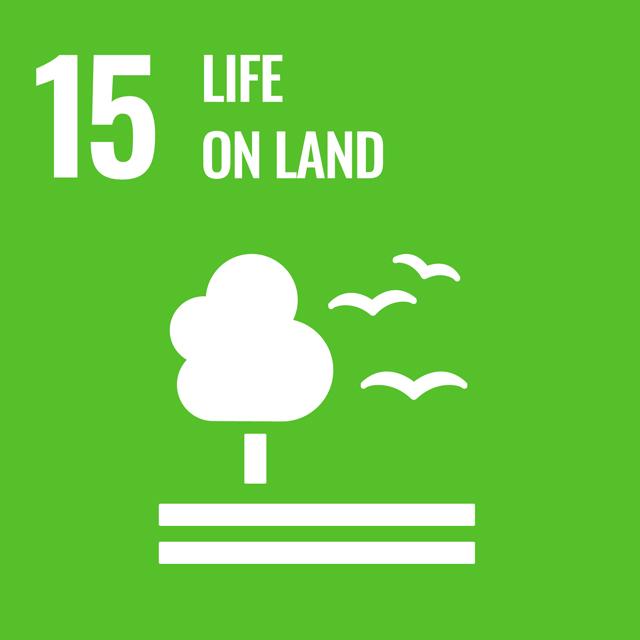Pursuing a career that aligns with SDG 15: Life on Land allows you to conserve terrestrial ecosystems and biodiversity. This goal highlights reforestation, wildlife protection, and combating land degradation. Be part of safeguarding our natural world.
The Goal: Life on Land
This goal seeks to protect, restore, and promote sustainable use of terrestrial ecosystems, manage forests sustainably, combat desertification, and halt and reverse land degradation and halt biodiversity loss. Objectives include ensuring the conservation of biodiversity, integrating ecosystem and biodiversity values into national and local planning, development processes, and poverty reduction strategies, and enhancing global support to combat poaching and trafficking of protected species.
The Work
Achieving SDG 15 involves protecting, restoring, and promoting sustainable use of terrestrial ecosystems, managing forests sustainably, and combating desertification and biodiversity loss. It requires implementing conservation and reforestation programs, promoting sustainable agriculture and land use practices, and addressing illegal wildlife trade. Investing in ecosystem restoration and supporting indigenous and local communities are crucial. International cooperation and funding are needed to protect and restore terrestrial ecosystems.
The Skills
Below is a list of key skills that are in demand for careers related to SDG 15. While it is not necessary to master all of these skills, familiarity with them can enhance your readiness and competitiveness in the job market
- Environmental Science
- Conservation Skills
- Policy Understanding
- Advocacy
- Technical Skills
- Community Education
- Crisis Management
- Research Skills
- Sustainability Practices
- Innovation
Engagement with Queen's and Kingston
You can support SDG 15 by joining tree planting and conservation projects, supporting sustainable land use practices, and advocating for policies that protect natural habitats. Volunteering with organizations focused on combating deforestation and biodiversity loss, raising awareness about preserving terrestrial ecosystems, and promoting sustainable agriculture are impactful ways to contribute to this goal.
Volunteering in Kingston
Past QUIP Internships
- Communities and Conservation Intern
- Engineering Co-op Student (Downstream Air Pollution Unit)
- Engineering Student - Parks Canada
Sample Undergraduate Courses
- GLPH 487 One World, One Health: The Global Link Between Human, Animal, and Environmental Health
- ENSC 320 Wildlife Issues in a Changing World
Sample Graduate Courses
- ENSC 801 Methodological and Conceptual Basis for Environmental Studies
- ENSC 802 Global Environmental Problems: Issues in Sustainability
Career Possibilities
- Wildlife Biologist
- Forest Ranger
- Conservation Educator
- Agronomist
- Land Restoration Specialist
- Remote Sensing Analyst
- Gardener
- Firefighter
- Wildlife Veterinarian
- Logger
- Forestry and Conservation Technician
- Ecotourism Operator
- Environmental Compliance Inspector
- Environmental Policy Advisor
Corporations, NGOs, and Government Agencies
Corporations can contribute to the conservation of life on land by adopting sustainable land use practices and protecting biodiversity. They can invest in reforestation and habitat restoration projects, and support the conservation of endangered species.
By promoting sustainable agriculture and forestry practices, companies can help preserve ecosystems and prevent land degradation. Furthermore, corporations can engage in partnerships and advocacy to support policies and initiatives that promote the sustainable management and conservation of terrestrial ecosystems.
- Environment and Climate Change Canada
- Canadian Forest Service
- Canadian Wildlife Service
- Natural Resources Canada
- Parks Canada
 Student Affairs
Student Affairs